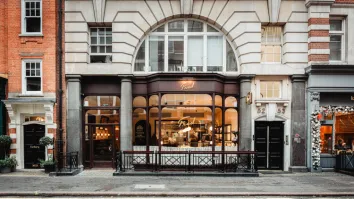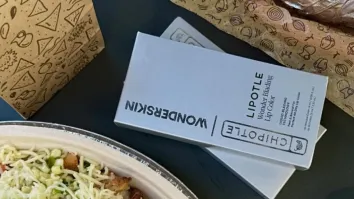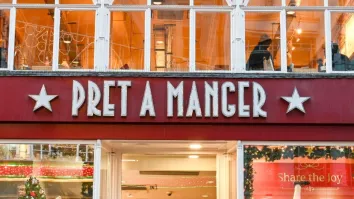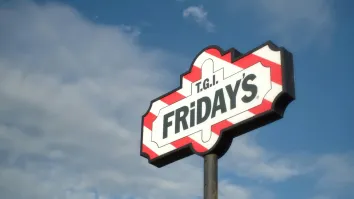
EXCLUSIVE: Data Shows Night-Time Consumption Falling in the Fast Food Industry
Data from the NPD Group has revealed that the number of visits to QSR outlets between the hours of 10pm and 5am have fallen by -3.7% year-on-year, and by 26% since 2008. This equates to a decline of 45 million visits during the night-time hours.
Although this night-time period has always represented a small proportion of overall traffic during the day (accounting now for 2.3%), this, in real terms, still equates to over 100 million visits to the market.
Average spend per visit during this period is actually higher than during the 11am to 2pm ‘lunch-time rush’ – mostly due to the balance of products sold. During the night, food items account for over 70% of servings in QSR, whereas this falls to 64% at lunch, as products like coffee and soft drinks come to the fore, and smaller visits containing these items will dilute the average spend.
Whilst many operators within QSR do not have the extended opening hours to capitalise on any post-10pm trade, QS Pizza and QS Ethnic chains often do. Both over-trade significantly during the night, with QS Pizza operators’ share of QSR traffic moving from an average of 4% throughout the day to 11% during the night. QS Ethnic chains’ share moves from 9% to 21%.
As is seemingly always the case in an increasingly tough and competitive marketplace, it is the independent QSR operators who are losing out as a result of the decrease in visits during the night. Independents account for nigh-on 100% of QS Ethnic traffic, and have historically been the driving force behind longer opening hours, as a culture of 24/7 working and the flexibility afforded by being an independent meant that closing the doors in the evening was not an option.
As Jack MacIntyre, Senior Account Manager at NPD Group commented: “Independents, by their definition, are not well-equipped to handle the two or three months’ of bad trade that will commonly come their way during tough economic times. This, alongside increased competition and innovation in the market, has led to a raft of closures in the independent sector of the QSR and wider Foodservice sphere. Independent operators now account for just 30% of traffic to QSR, down from 37% in 2008.”























